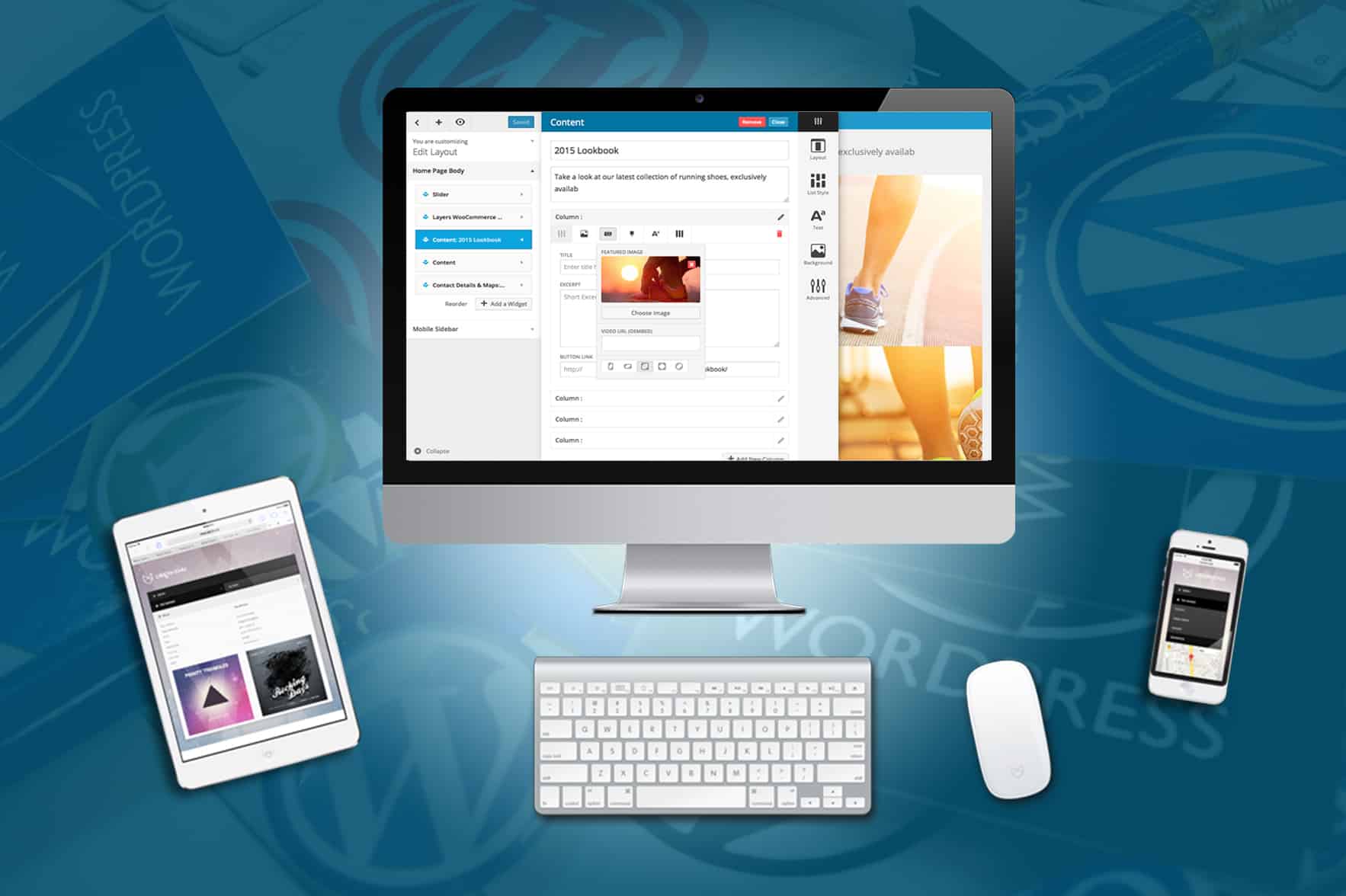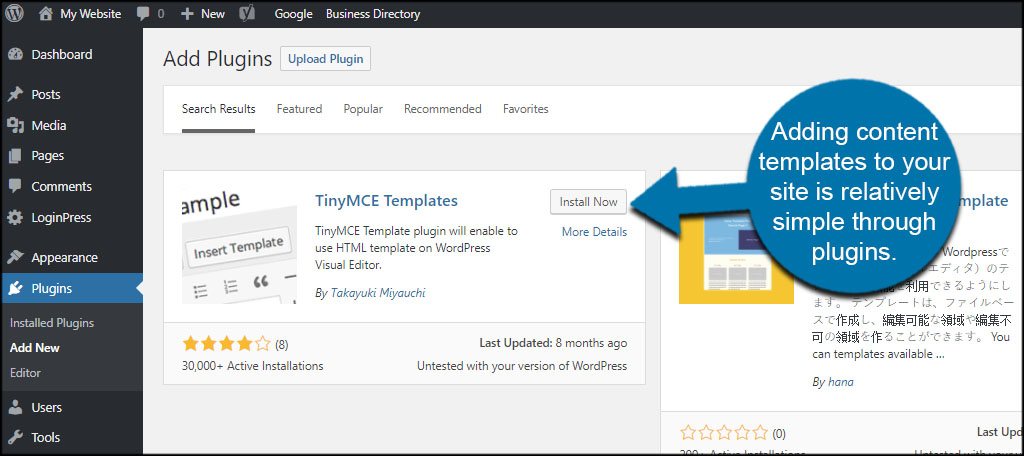
When managing a WordPress website, there may be a time when you need to reuse the same content in several other posts. The content can be referred to as images, text or even HTML coding that you use on all pages. This is where the WordPress content templates come into play. The system allows you to safely store reusable content on your website. It can save time, enhance efficiency and keep your material consistent. Given the versatility of saving these templates, there is a great deal of possibility to improve the content of your website in several ways.
When Should You Add Content Templates?
Content templates can be incredibly invaluable in the right situation. With a couple of clicks from your mouse, your pages can be set up and ready to go. While not all websites may experience the same benefit, this system can be extremely helpful if you’re doing any of the following:
- If you’re using systems like Adsense or affiliate banner codes on your pages.
- If you have certain tables you use for displaying data to visitors.
- If you want to offer a set format for header information when giving reviews of products or services.
- If many of your pages utilize specific graphics for mobile-optimized buttons.
- If you use third-party coded widgets on your pages.
Why Should You Use Content Templates?
While the majority of your content should be unique, there are certain aspects that are copied. For example, you may use the Google Adsense or Adserve systems to monetize your website. Keeping the code saved in WordPress lets you place the ads on your posts without going back to the host to copy the code. You may also want to use the templates because of the following:
- Saves time developing your more advanced pages.
- Protect you from losing templates saved on your computer.
- Allows you to maintain consistency in the format of certain content – such as reviews.
- Allows you to stick with a set format for content even if you’re on another computer system.
- Reduces mistakes or typing errors – as long as the template itself is correct.
How to Add Content Templates

Adding WordPress content templates to your site is relatively simple. It’s all done through plugins that are relatively straightforward and easy to understand. The hardest part is picking one that has the best potential to help you manage the website.
- Go to “Plugins” from your WordPress dashboard.
- Click the “Add New” button on the top left of the plugin screen.
- In the search bar on the left side, type “content template” and hit the enter key.
- Choose the plugin that best suits your needs – the TinyMCE Templates plugin is a good one to have.
- Install and activate the plugin.
As each plugin is different, this part may get a bit confusing. Some will display a new control in the dashboard to create a new content template. Otherwise, you may have to check tools and other places for the tool. The TinyMCE Templates plugin adds the “Templates” control on the left side of the dashboard and is easy to spot.
The Content
In the template editor, you may have a lot of the same tools that you’ll find when creating a post. Here is where you set up the content that is to be copied. For example, you would want to input the coding from Adsense and publish the template. Tables, images, headers and more can all be saved under the name of your template.
Adding to Your Post
When you go into your posts, a new tool will appear in the editor. For TinyMCE Templates, this is a button above the text formatting tools. Other plugins will have a function added on the right hand side of the screen. In either case, you can select which template to use and the content will automatically be placed in the post section. Some plugins will also incorporate a translator into several different languages.
WordPress content templates can be invaluable for those who have repetitive materials. It can save time while streamlining the process of maintaining the site. Instead of saving all of your templates in notepad, utilize a plugin that can reduce the time you spend looking for header formats or Google codes.
Do you have content that is often reused on your site? What methods do you currently use for copying data to your WordPress posts?
